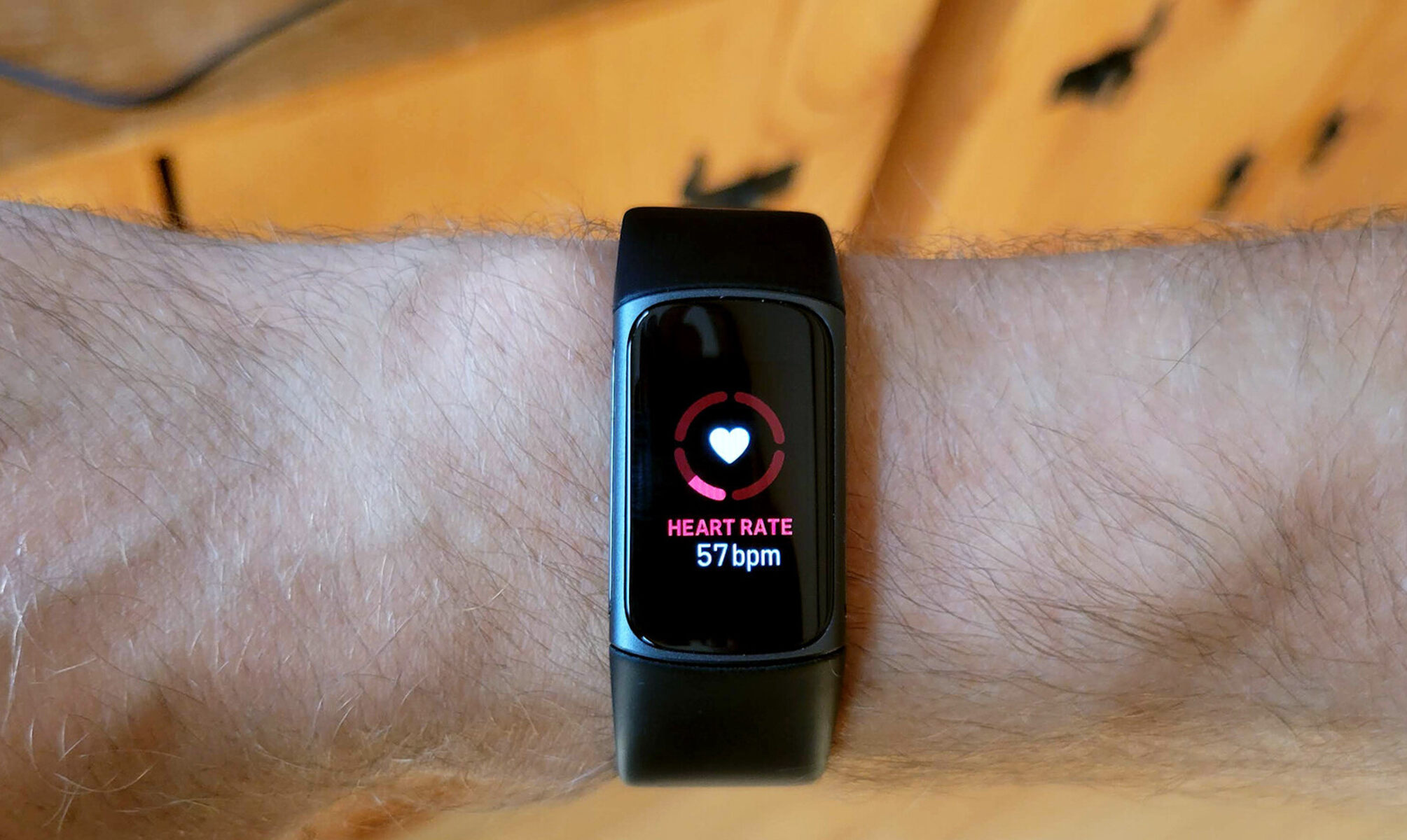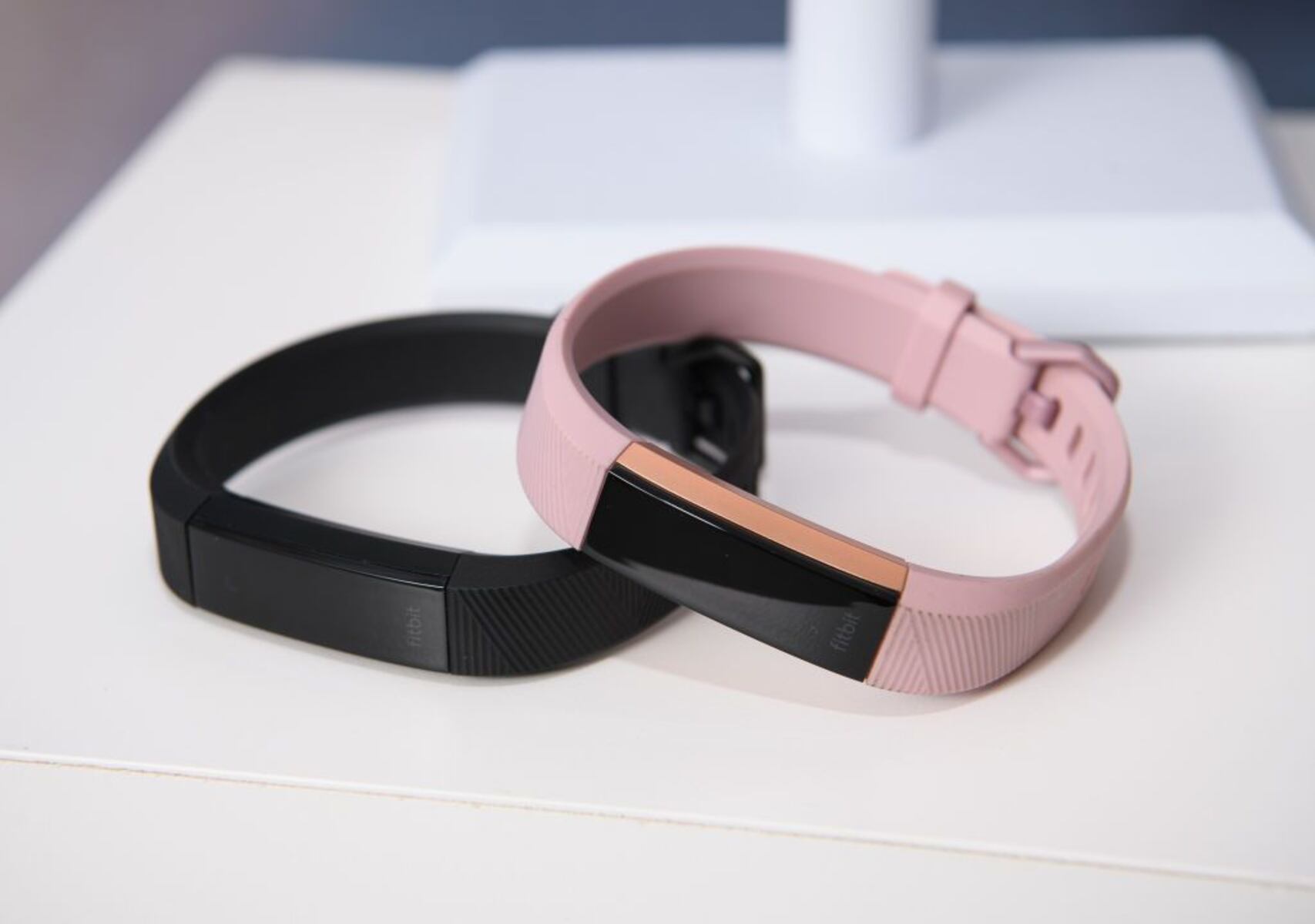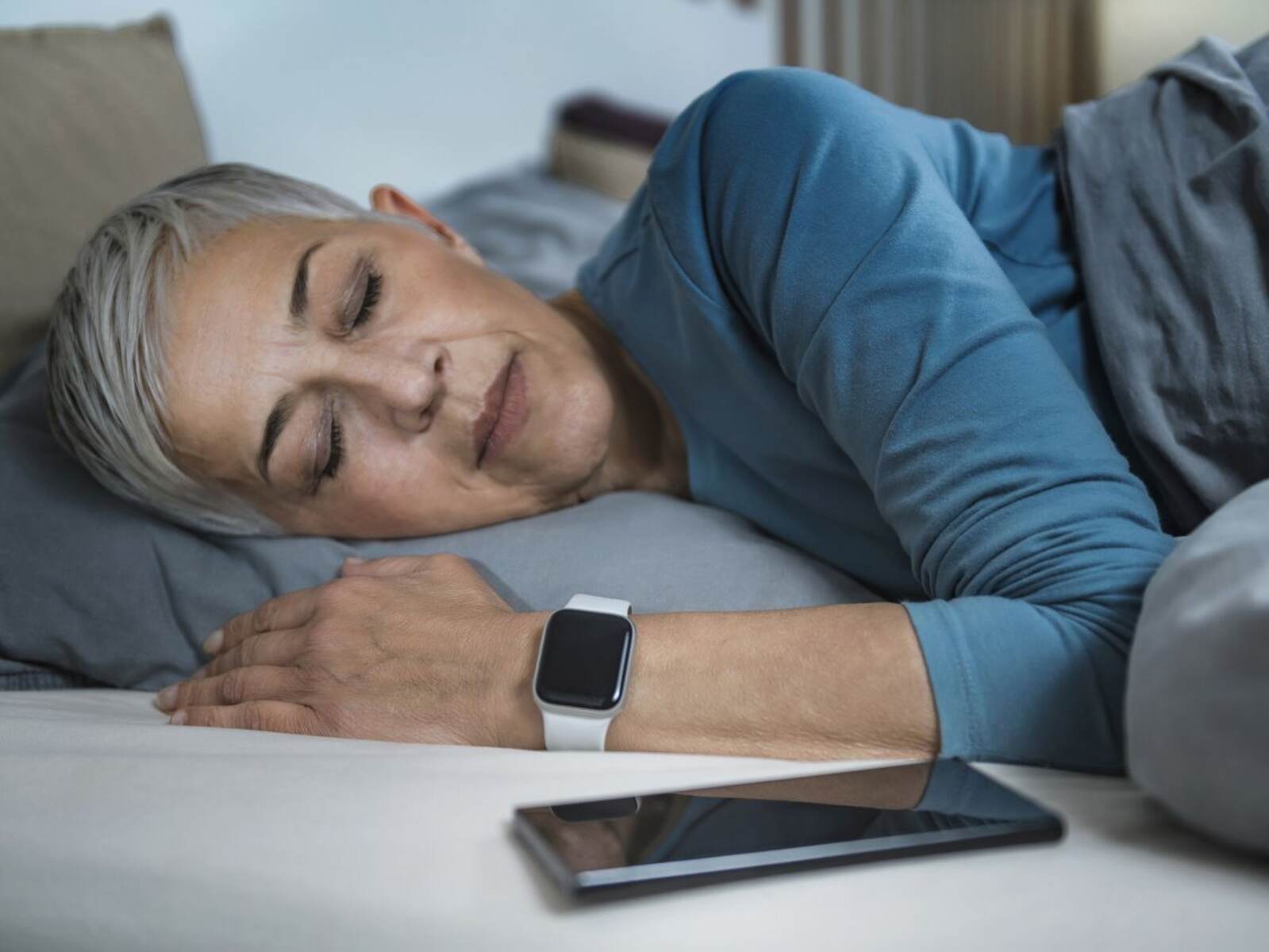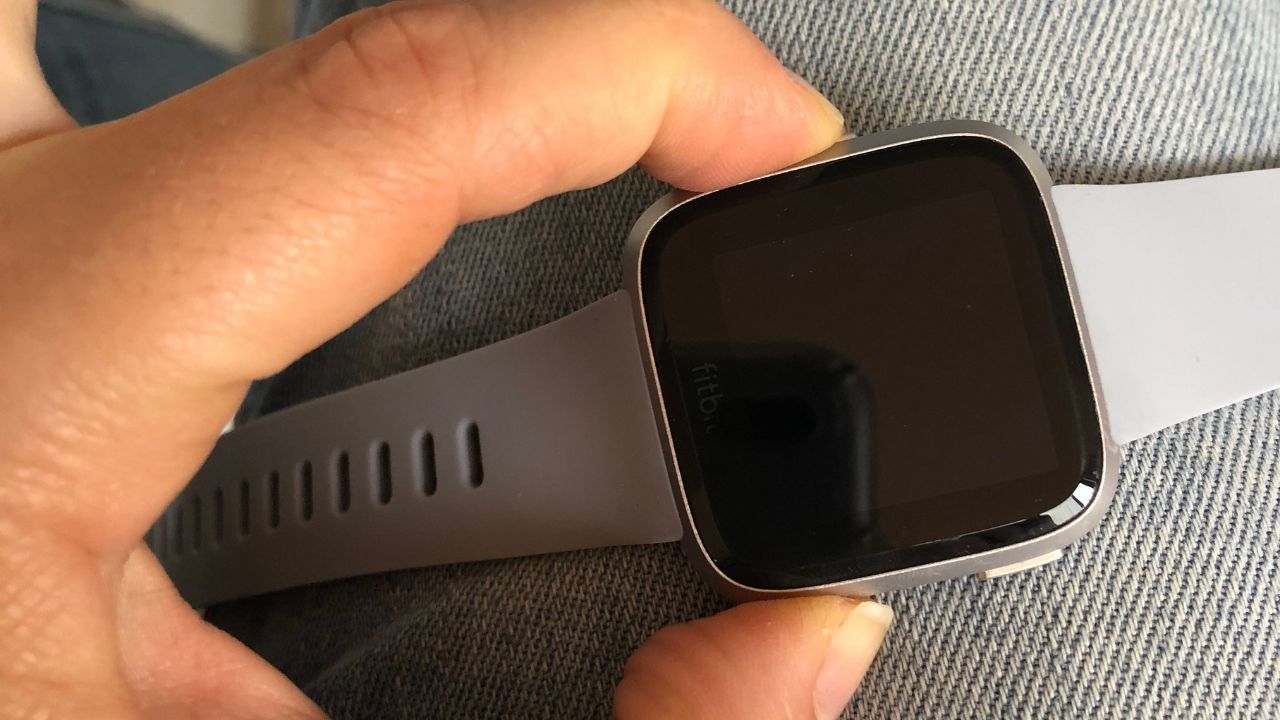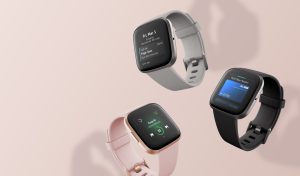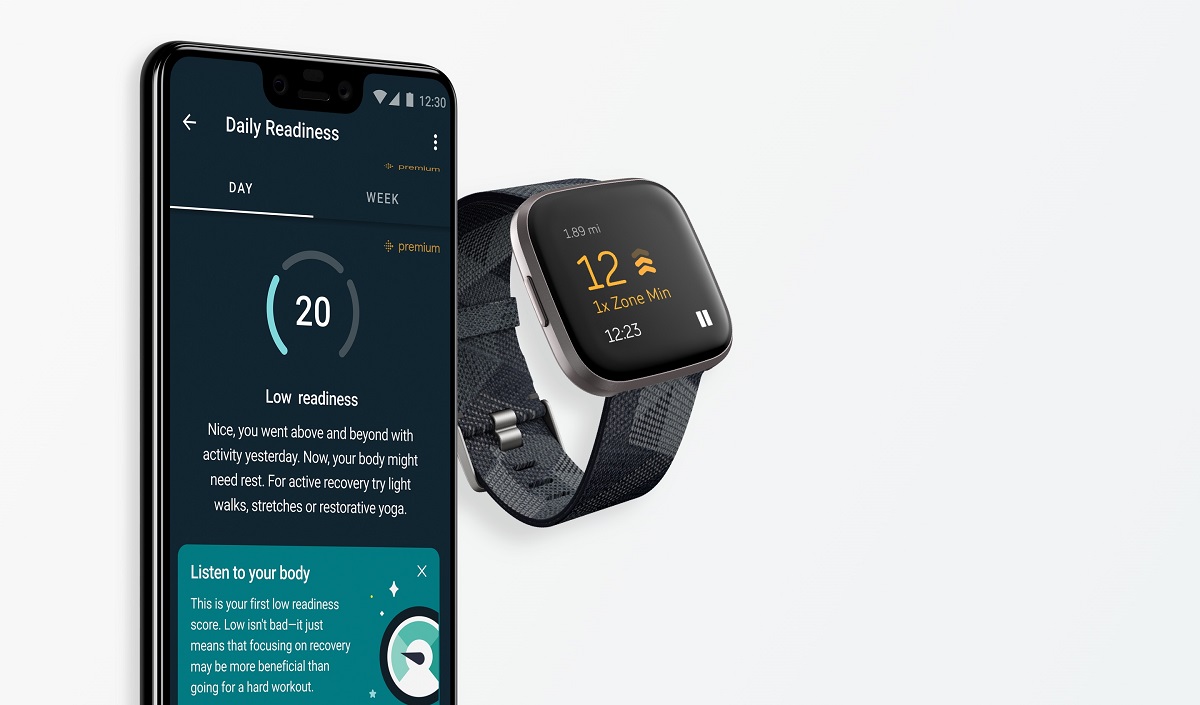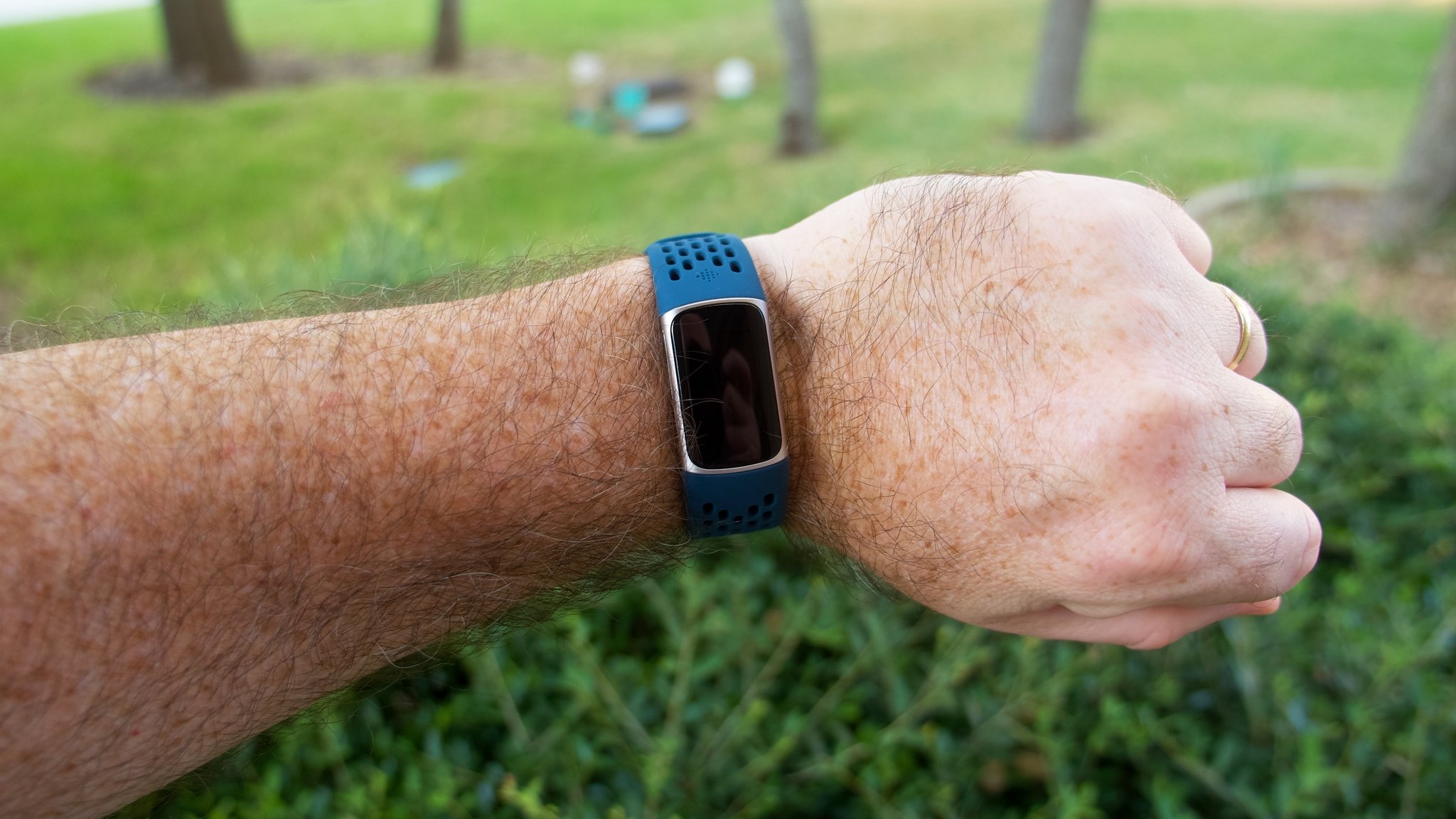Introduction
Wearable technology has revolutionized the way we monitor our health and fitness, offering a seamless way to track our daily activities, sleep patterns, and most importantly, our heart rate. Fitbit, a leading brand in the wearable industry, has gained popularity for its accurate heart rate monitoring feature. However, as with any technology, users may encounter issues with heart rate detection on their Fitbit devices. If you've found yourself in this predicament, fret not, as we delve into troubleshooting tips to address why your Fitbit isn't detecting your heart rate accurately.
The heart rate monitoring feature is a pivotal aspect of Fitbit devices, providing valuable insights into your overall health and fitness levels. From tracking your resting heart rate to monitoring your heart rate during workouts, this feature enables users to make informed decisions about their fitness routines and overall well-being. However, when your Fitbit fails to detect your heart rate accurately, it can be frustrating and may compromise the reliability of the data it provides. Therefore, it's essential to address this issue promptly to ensure that you can continue to benefit from the full range of features that your Fitbit offers.
In the sections that follow, we will explore various troubleshooting steps to help you diagnose and resolve the heart rate detection issues with your Fitbit. From ensuring the proper positioning of the device to checking for software updates and minimizing interference, we will cover a range of practical solutions to get your Fitbit back on track. By following these steps, you can optimize the performance of your Fitbit and regain confidence in the accuracy of its heart rate monitoring capabilities.
So, if you've noticed discrepancies in your Fitbit's heart rate readings or have experienced frequent inaccuracies, join us as we unravel the potential reasons behind these issues and equip you with the knowledge to troubleshoot and resolve them effectively. Let's embark on this journey to restore the seamless functionality of your Fitbit and ensure that you can make the most of its advanced heart rate monitoring technology.
Check the Fitbit Position
Ensuring that your Fitbit is positioned correctly on your wrist is crucial for accurate heart rate detection. The positioning of the device directly impacts its ability to detect your pulse effectively. When worn too loosely or tightly, the Fitbit may struggle to maintain consistent contact with your skin, leading to unreliable heart rate readings. Therefore, it's essential to pay attention to the placement of your Fitbit to optimize its performance.
To begin, position your Fitbit approximately one finger's width above your wrist bone. This placement allows the device's sensor to make optimal contact with the blood vessels in your wrist, facilitating accurate heart rate monitoring. Additionally, ensure that the Fitbit's sensor is in direct contact with your skin, free from any obstructions such as clothing or accessories that may interfere with its ability to detect your pulse.
Moreover, it's important to wear your Fitbit snugly but not too tightly. A secure yet comfortable fit ensures that the device remains in constant contact with your skin, enabling it to capture your heart rate data accurately. If the Fitbit is too loose, it may shift during movement, leading to inconsistent readings. Conversely, if it's too tight, it could impede blood circulation, affecting the accuracy of the heart rate measurements.
Furthermore, consider the positioning of the Fitbit during different activities. For instance, during exercise, it's advisable to wear the device slightly higher on your wrist to minimize movement-related disruptions. By adjusting the position of your Fitbit based on your activities, you can enhance its ability to capture reliable heart rate data across various scenarios.
By paying attention to the positioning of your Fitbit and ensuring that it maintains consistent contact with your skin, you can significantly improve the accuracy of its heart rate monitoring. This simple yet crucial step can make a substantial difference in the reliability of the data provided by your Fitbit, allowing you to make informed decisions about your health and fitness with confidence.
Clean the Fitbit Sensor
Proper maintenance of your Fitbit's sensor is essential to ensure accurate heart rate detection. Over time, the sensor may accumulate dirt, sweat, or other residues that can interfere with its ability to capture your heart rate effectively. Therefore, regular cleaning of the sensor is paramount to maintain its optimal functionality and reliability.
To begin, gently remove your Fitbit from your wrist and inspect the underside where the sensor is located. Using a soft, lint-free cloth, gently wipe the sensor to remove any accumulated debris. Be cautious not to apply excessive pressure, as the sensor is sensitive and requires delicate handling.
In instances where the sensor is visibly soiled or if residue persists, consider using a mild, alcohol-based solution to clean it. Dampen a cloth with the alcohol solution and carefully wipe the sensor, ensuring that no excess liquid comes into contact with other parts of the device. Allow the sensor to air dry completely before reattaching the Fitbit to your wrist.
Additionally, if your Fitbit model features removable tracker units, such as the Fitbit Inspire or Charge, take the opportunity to detach the tracker from the band and clean the sensor area thoroughly. This allows for a more comprehensive cleaning process, ensuring that any hidden debris or buildup is effectively removed.
Regularly incorporating sensor cleaning into your Fitbit maintenance routine can help prevent the accumulation of substances that may hinder the accurate detection of your heart rate. By maintaining a clean sensor, you can optimize the performance of your Fitbit and minimize the risk of unreliable heart rate readings.
In essence, cleaning the Fitbit sensor is a simple yet crucial step in ensuring the accuracy and consistency of its heart rate monitoring capabilities. By incorporating this maintenance practice into your routine, you can uphold the effectiveness of your Fitbit and continue to rely on its heart rate tracking feature for valuable insights into your health and fitness journey.
Adjust the Fitbit Tightness
Ensuring the optimal tightness of your Fitbit is paramount for accurate heart rate detection. The snugness of the device directly influences its ability to maintain consistent contact with your skin, a crucial factor in capturing reliable heart rate data. When the Fitbit is too loose, it may shift during movement, leading to erratic readings, while excessive tightness can impede blood circulation, affecting the accuracy of the heart rate measurements.
To begin, assess the fit of your Fitbit on your wrist. It should be secure enough to prevent excessive movement, yet not overly tight to the point of discomfort. A general guideline is to wear the Fitbit approximately one finger's width above your wrist bone, allowing the sensor to make optimal contact with your skin. This positioning facilitates the device's ability to capture your pulse effectively, enhancing the accuracy of heart rate monitoring.
During physical activities, such as workouts or sports, it's particularly important to ensure that your Fitbit is adjusted to the appropriate tightness. As your body moves, the Fitbit should remain in place, maintaining consistent contact with your skin to provide reliable heart rate data throughout your exercise regimen. Adjusting the tightness based on the intensity of the activity can help minimize motion-related disruptions and optimize the accuracy of heart rate readings.
Furthermore, consider the impact of environmental factors on the fit of your Fitbit. For instance, changes in temperature and humidity can affect the comfort and tightness of the device on your wrist. It's essential to periodically assess and readjust the Fitbit to ensure that it maintains an optimal fit under varying conditions, thereby supporting accurate heart rate detection.
By paying attention to the tightness of your Fitbit and adjusting it as needed, you can significantly enhance the reliability of its heart rate monitoring. This simple yet crucial step can make a substantial difference in the accuracy of the data provided by your Fitbit, empowering you to make informed decisions about your health and fitness with confidence.
Update the Fitbit Software
Keeping your Fitbit's software up to date is imperative for maintaining the optimal performance of its heart rate monitoring feature. Software updates often include enhancements and bug fixes that directly impact the accuracy and reliability of heart rate detection, making it essential to regularly check for and install any available updates.
To begin, ensure that your Fitbit is connected to a stable internet connection. Open the Fitbit app on your smartphone or tablet and navigate to the "Account" tab. From there, select your device and check for any pending software updates. If an update is available, follow the on-screen prompts to initiate the installation process. It's important to keep your Fitbit charged during the update to prevent any interruptions.
Software updates not only address existing issues but also introduce new features and improvements to the heart rate monitoring functionality. By staying current with the latest software version, you can benefit from enhanced algorithms and optimizations that contribute to more accurate and consistent heart rate readings.
Moreover, software updates often include calibration adjustments that refine the heart rate detection algorithms based on user feedback and performance data. These refinements can significantly enhance the overall precision of heart rate monitoring, ensuring that your Fitbit delivers reliable and insightful data.
In addition to the direct impact on heart rate detection, software updates may also address connectivity issues that can indirectly affect the functionality of the heart rate monitoring feature. By resolving connectivity-related bugs and optimizing data synchronization, updates contribute to the seamless operation of your Fitbit, thereby supporting the accuracy of heart rate readings.
Regularly checking for and installing software updates is a proactive approach to maintaining the effectiveness of your Fitbit's heart rate monitoring capabilities. By staying abreast of the latest software enhancements, you can ensure that your Fitbit operates at its best, providing you with accurate and reliable heart rate data that empowers you to make informed decisions about your health and fitness.
In essence, prioritizing the update of your Fitbit's software is a fundamental step in optimizing the performance of its heart rate monitoring feature. By embracing this practice, you can harness the full potential of your Fitbit's advanced technology, gaining valuable insights into your heart rate and overall well-being.
Check for Interference
Interference from external sources can significantly impact the accuracy of your Fitbit's heart rate monitoring. Various factors, including environmental conditions and electronic devices, can introduce interference that compromises the device's ability to detect your heart rate effectively. By identifying and mitigating potential sources of interference, you can enhance the reliability of your Fitbit's heart rate readings.
One common source of interference is ambient light, especially during activities that involve significant exposure to natural or artificial light. In such scenarios, the Fitbit's optical heart rate sensor may struggle to differentiate between the light from the environment and the blood flow in your wrist, leading to inaccuracies in heart rate detection. To address this, consider adjusting the positioning of your Fitbit to minimize direct light exposure, or utilize features such as Fitbit's "Run Detect" mode, which optimizes heart rate tracking during outdoor activities.
Additionally, electronic devices emitting electromagnetic signals, such as smartphones, microwaves, or certain medical equipment, can introduce interference that affects the performance of your Fitbit's heart rate sensor. It's advisable to maintain a reasonable distance from such devices while wearing your Fitbit to reduce the risk of signal interference. Furthermore, if you notice consistent inaccuracies in heart rate readings, consider moving to a different location to minimize the impact of electromagnetic interference.
Moreover, factors such as extreme temperatures and humidity levels can also contribute to interference. High temperatures can cause excessive sweating, potentially affecting the Fitbit's sensor contact with your skin, while high humidity levels may impact the device's overall functionality. In such cases, taking periodic breaks to wipe off sweat and ensuring that the Fitbit remains dry can mitigate potential interference from these environmental factors.
Furthermore, clothing and accessories worn in close proximity to the Fitbit can introduce interference, especially if they obstruct the sensor's contact with your skin. Adjusting the fit of your clothing or repositioning the Fitbit to ensure direct skin contact can minimize the impact of such interference, enhancing the accuracy of heart rate detection.
By being mindful of potential sources of interference and taking proactive measures to mitigate their impact, you can optimize the performance of your Fitbit's heart rate monitoring. These considerations empower you to leverage the full potential of your Fitbit, ensuring that you receive accurate and reliable heart rate data that supports your health and fitness journey.
Contact Fitbit Support
If despite implementing the troubleshooting steps, your Fitbit continues to exhibit issues with heart rate detection, reaching out to Fitbit Support is the next logical step. Fitbit offers comprehensive customer support services, including online resources, community forums, and direct assistance, to address user concerns and provide tailored solutions.
To initiate contact with Fitbit Support, visit the official Fitbit website and navigate to the "Support" section. Here, you will find a wealth of resources, including troubleshooting guides, FAQs, and instructional articles. These resources are designed to offer step-by-step assistance, enabling users to address common issues with their Fitbit devices, including heart rate monitoring discrepancies.
In addition to self-help resources, Fitbit provides access to community forums where users can engage with fellow Fitbit enthusiasts and seek advice from experienced community members. The forums serve as a valuable platform for sharing experiences, troubleshooting tips, and gaining insights into resolving specific issues related to heart rate detection and other aspects of Fitbit usage.
For personalized assistance, Fitbit offers direct support channels, including live chat and email support. These options allow users to communicate with Fitbit's support representatives, who are equipped to provide tailored guidance and troubleshooting advice based on the specific issues encountered. When reaching out to Fitbit Support, it's beneficial to provide detailed information about the heart rate detection issues, including the model of your Fitbit device, the troubleshooting steps you've already taken, and any relevant observations or patterns you've noticed.
In certain cases, Fitbit may recommend additional diagnostic steps or provide instructions for device inspection or potential software updates tailored to address the heart rate detection issues. The support team may also offer insights into potential hardware-related concerns and advise on warranty coverage or device replacement if necessary.
By leveraging the resources and assistance offered by Fitbit Support, users can gain valuable insights into resolving heart rate detection issues and optimizing the performance of their Fitbit devices. The support channels provided by Fitbit are designed to empower users with the knowledge and guidance needed to overcome technical challenges, ensuring that they can continue to benefit from the full range of features and capabilities offered by their Fitbit devices.
In essence, contacting Fitbit Support is a proactive step towards addressing persistent heart rate detection issues, leveraging the expertise and assistance provided by Fitbit's dedicated support team to ensure a seamless and reliable user experience.







